Sailor Tattoos
September 01, 2014
By Jay Hamburg
As tattoos gain acceptance, some on campus are choosing the Rollins anchor to mark their bond with the school. It’s also a nod to some of the earliest traditions of the Tars.
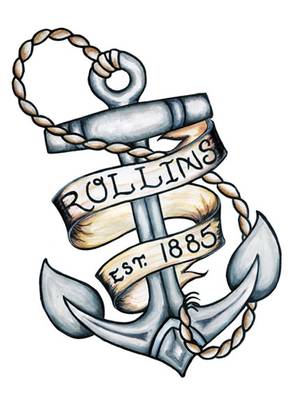
Marie Gilbert ’15, who plays forward on the Rollins women’s basketball team, has a small, blue anchor tattooed behind her right ear.
It’s not flashy; it’s only noticeable when she pulls back her hair. But if an opponent catches a glimpse while Gilbert flies by on her way to the basket, well, so much the better. The psychology major doesn’t mind leaving a lasting impression, especially when it concerns her love for Rollins or her religious beliefs. For her, the nautical design captures the feeling of being anchored in life through both team spirit and the Holy Spirit.
“It symbolizes Rollins and my basketball team, and it has spiritual meaning for me too,” Gilbert says. She relates it to the Bible verse Hebrews 6:19, which reads: “We have this hope as an anchor for the soul, firm and secure.”
Another member of the Rollins community also sports a small, blue anchor tattoo—Meghan Harte Weyant, executive director of student success. It’s visible on her left wrist. And she’s delighted to tell students why she got it: “I was falling in love with Rollins.”
Weyant views her tattoo as embodying her personal story. The anchor signifies her commitment to the campus, where she met her husband, Nate. He has his own connection to the Rollins anchor: As assistant athletic director, Nate led the anchor-themed rebranding of Rollins sports. “It was meant to be,” she says.
Setting the Anchor
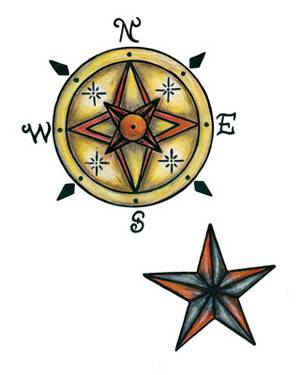
Although there is evidence of tattooing going back 5,000 years, tattoos didn’t become trendy in the U.S. until the 20th century.
In the recent past, body art could be a barrier to employment because it was often associated with gang members and prisoners. A 1983 study showed that about 9 percent of U.S. males and less than 1 percent of females had tattoos.
Today, almost 40 percent of millennials (age 18 to 29) and 32 percent of those age 30 to 45 have tattoos, according to a Pew Research Center study. Niccole Inclan ’14, who studied the correlation between personality and tattoos, estimates that one-third of her classmates have tattoos. She also believes that most students have made clearheaded decisions about their body art.
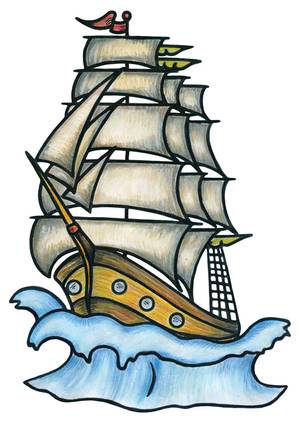
“They are symbolic expressions of the person’s identity,” says Inclan, a psychology major and a coordinator at The Lucy Cross Center for Women and Their Allies. “Personal growth is encouraged at Rollins, so you won’t see a lot of Tweety Bird tattoos.”
What you will see in inked students and staff is a connection to some of the oldest traditions of the Tars, dating back to the early 1900s.
An old-fashioned term for a sailor, “tar” referred to the thick, oily substance sailors rubbed into clothing and gear to protect it from salt water. Rollins came by the nickname during World War I when sailors trained on nearby Lake Virginia. Students gradually co-opted the word to honor the sailors. Those sailors of 97 years ago also favored anchor tattoos, often with names of people or beliefs that helped them feel safe at sea.
While nautical symbols have occasionally fallen out of favor with the Rollins community, they now seem firmly fixed. The familiar anchor intertwined with an “R” adorns clothing and shines prominently on the Rollins basketball court. Even College mascot Tommy Tar got a makeover.
Marks of Distinction
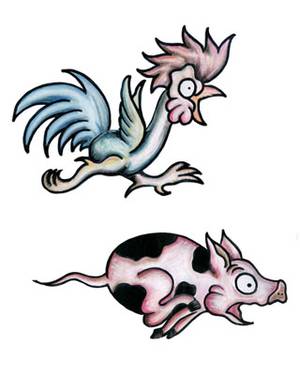
The connection between sailors and tattoos stretches back at least 250 years.
The crew of British explorer James Cook brought the word “tattoo” to England after voyaging to Tahiti, where they observed the custom in 1769. Sailors in the Royal Navy eagerly adopted the idea, giving rise to body art of anchors, dragons, ships, and swallows that functioned as badges of honor and indelible good luck charms.
Even the future King George V, who served in the Royal Navy, got a dragon tattoo while visiting Japan in 1882. Winston Churchill was rumored to have had an anchor tattoo on his forearm.
By 1900, about 90 percent of American military men had tattoos. One popular theme—scantily clad women—grew so widespread that, by 1909, the U.S. government declared it illegal to recruit military applicants with obscene inkings. That edict eventually sparked a minor industry of tattoo artists who added appropriate coverings to the female figures.

The outbreak of World War II initiated a rise in patriotic-themed tattoos. During that era, Norman Collins—an artist in Hawaii known professionally as Sailor Jerry—created a bold, colorful style that still draws admirers today. Collins’ designs have adorned the label of Sailor Jerry rum and a line of Converse sneakers, among other items.
So how did tattoos make it from the outer reaches of an older, seafaring world to the mainstream of America? What common trait joins those sailors of two centuries ago to the Tars of today?
Psychology Professor Paul Harris says the answer may be simple: “There’s a basic human need to express identity through symbols.”

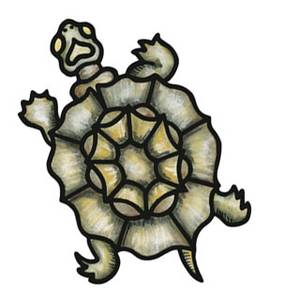
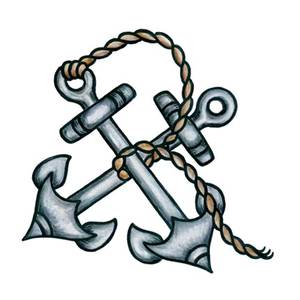
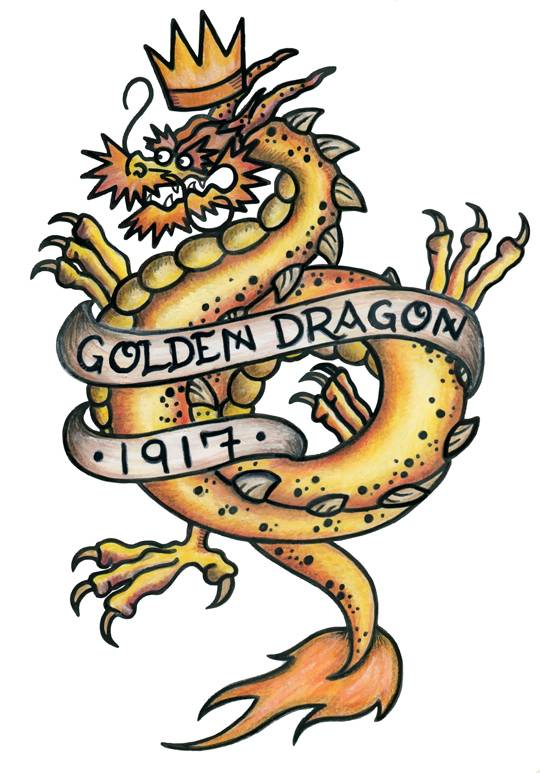
Read More
May 10, 2024
Transforming Lives
We're celebrating seven faculty members and one head coach who retire this year after nearly 250 years of combined service to Rollins, where they’ve had a profound impact on their students, the community, and their areas of expertise.
May 07, 2024
Bradshaw and Ruby Honored with Thaddeus Seymour Staff Award for Community Engagement
The award is granted annually to the staff member(s) who has transformed our community through community engagement.
May 07, 2024
Justice and Teske Named Supervisors of the Year
This award recognizes the hard work and dedication of the members of the Rollins community who manage student employees.
